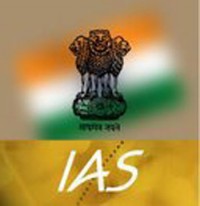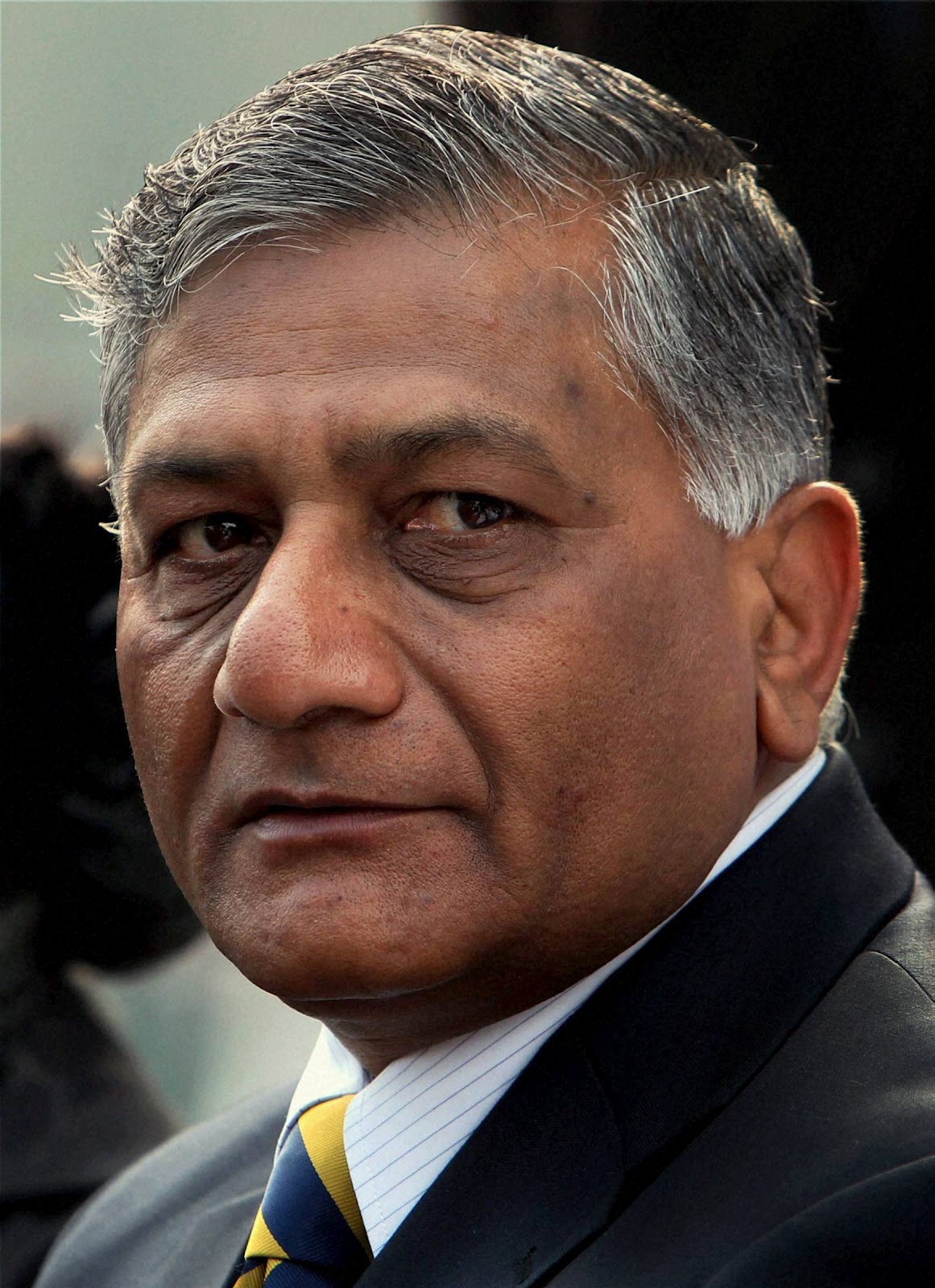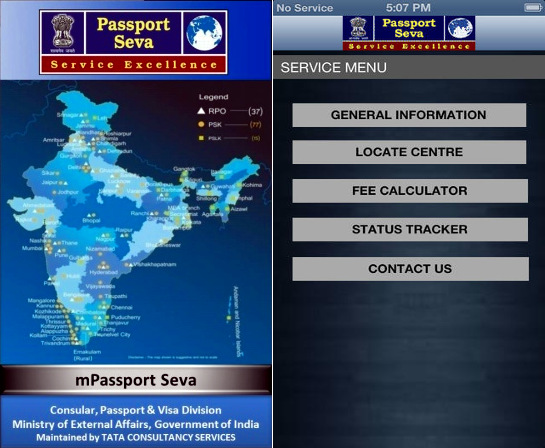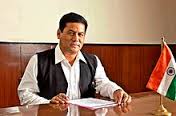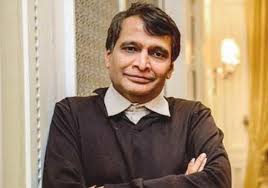The Rajya Sabha passed the landmark Juvenile Justice (Care and Protection of Children) Bill 2015 . With this, the Bill stands passed in the Parliament. The Bill was earlier passed by the Lower House of the Parliament, Lok Sabha 7th May this year.
In her introductory remarks to the motion for consideration and passage of the Bill, the Women and Child Development Minister Smt Maneka Sanjay Gandhi said that the Juvenile Justice (Care and Protection of Children) Bill 2015 will help to arrest the rise in Juvenile crime , which according to reports is the fastest rising segment of crime. It is a compassionate Bill which will at the same time act as a deterrent, she explained. Giving details, Smt Maneka Gandhi said that, if made into law, it will not send the juvenile offender directly to the jail. Whether the child committed the crime of heinous category in an adult or child mind, will be first assessed by the Juvenile Justice Board, the Minister briefed the House. This Board will comprise of psychologists, social workers and experts. The Minister urged the House, “The Bill was started by you (Opposition), finished by us but it is a matter of the whole House.” The Minister said that it is not a retrospective Bill, and cannot be applied to the Juvenile convict in the Nirbhaya case, but it can deter many other boys from doing the same in future. The juvenile offenders have also been committing heinous crimes against other children, there is a need to bring justice to these children, she added. It is a comprehensive Bill and has subject of Adoption as well as Foster care in it, the Minister said.
The JJ Bill, 2015 will now become an Act with the Presidential approval.
This law will strengthen provisions for both children in need of care and protection and children in conflict with law. For the first time, offences have been clearly defined and classified as petty, serious and heinous based on provisions of IPC. Under Section 15, special provisions have been made to tackle child offenders committing heinous offences in the age group of 16-18 years.
The Juvenile Justice Board has been given the option to transfer cases of heinous offences by such children to a Children’s Court (Court of Session) after conducting preliminary assessment. The provisions provide for placing children in a ‘place of safety’ both during and after the trial till they attain the age of 21 years after which an evaluation of the child shall be conducted by the Children’s Court. After the evaluation, the child is either released on probation and if the child is not reformed then the child will be sent to a jail for remaining term.
The enactment of this law will act as a deterrent for child offenders committing heinous offences such as rape and murder and will protect the rights of victim.
To streamline adoption procedures for orphan, abandoned and surrendered children, the existing Central Adoption Resource Authority (CARA) has been given the status of a statutory body to enable it to perform its function more effectively. There is a separate chapter on Adoption which provides detailed provisions relating to adoption and punishments for not complying with the laid down procedure. Processes have been streamlined with timelines for both in-country and inter-country adoption including declaring a child legally free for adoption.
Several rehabilitation and social reintegration measures have been provided for institutionalization and non-institutionalization of children. Under the institutional care, children are to be provided with various services including education, health, nutrition, de-addiction, treatment of diseases, vocational training, skill development, life skill education, counselling, etc to help them assume a constructive role in the society. The variety of non-institutional options include: sponsorship and foster care including group foster care for placing children in a family environment which is other than child’s biological family, which is to be selected, qualified, approved and supervised for providing care to children.
Several new offences committed against children, which are so far not adequately covered under any other law, have also been made part of this law. These include: sale and procurement of children for any purpose including illegal adoption, corporal punishment in child care institutions, use of child by militant groups, offences against disabled children and, kidnapping and abduction of children.


